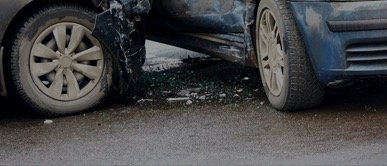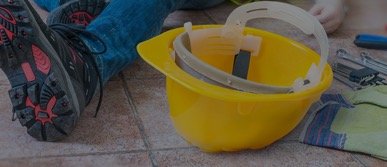Fixes and Repairs of Dangerous Conditions: Is it Admissible Evidence?

In life, it is natural to believe that when people correct things, they are, by that action, admitting that they did something wrong. After all, it’s natural and understandable to fix or correct something that you find to be wrong or broken.
In the world of injury lawsuits, this logic holds true as well. When a store fixes a handrail, or repairs a stairwell, or a trucking company does repairs on a truck’s faulty brakes, or anything like this, it seems like pretty compelling evidence to say “look, they fixed it, so they must know something was wrong.”
But while that may make sense logically and may be factually true in many cases, the fact is that this kind of evidence cannot be used in trial against a Defendant.
Subsequent Remedial Measures
These are called subsequent remedial measures, a fancy word to mean things that people do to fix or correct errors or defects. But evidence of subsequent remedial measures are not admissible in trial.
The reason for this is public policy. We want people to fix things on their property that are broken or dangerous or defective. We want them to do it quickly, and efficiently. But property owners would be less likely to fix or correct anything on their property if they thought that repairing something could be used against them as an admission of liability.
Ownership and Control
There are some instances when you can use a substantive remedial measure in court to your advantage, although these are rarely used.
One time you can use them is if there is an issue or dispute over who owns, or controls property. So, for example, imagine a mall with a defective escalator that injures someone. The mall says that they don’t own the escalator, a separate company does. But the mall is the one that fixed the defect that injured the victim.
That fixing can be used and introduced into evidence to establish that the mall did in fact own and control the escalator.
Can’t Be Fixed?
Another time subsequent remedial measures can be used is to refute an allegation that something couldn’t be fixed, or that it couldn’t be made safer, or that for some reason, making the premises safer was impossible or impractical.
If the Defendant chooses to use this as a defense, a victim has the right to refute it, by showing that the Defendant did in fact fix or repair the property.
Showing Duty
In some situations, a Defendant may say that they owed no duty of care to a victim.
So, for example, a store may say that it didn’t owe any duty of care to a customer who wandered in a stock or storage area of a store, and was injured there. But the fact the store made repairs after the accident, could be used to show that they did feel that there was a duty owed to the victim.
Contact the Tampa personal injury lawyers at Barbas, Nunez, Sanders, Butler & Hovsepian and schedule a consultation today to see how to prove your injury case in court.
Sources:
advocatemagazine.com/article/2022-march/admitting-subsequent-repairs-into-evidence
law.cornell.edu/wex/subsequent_remedial_measures




